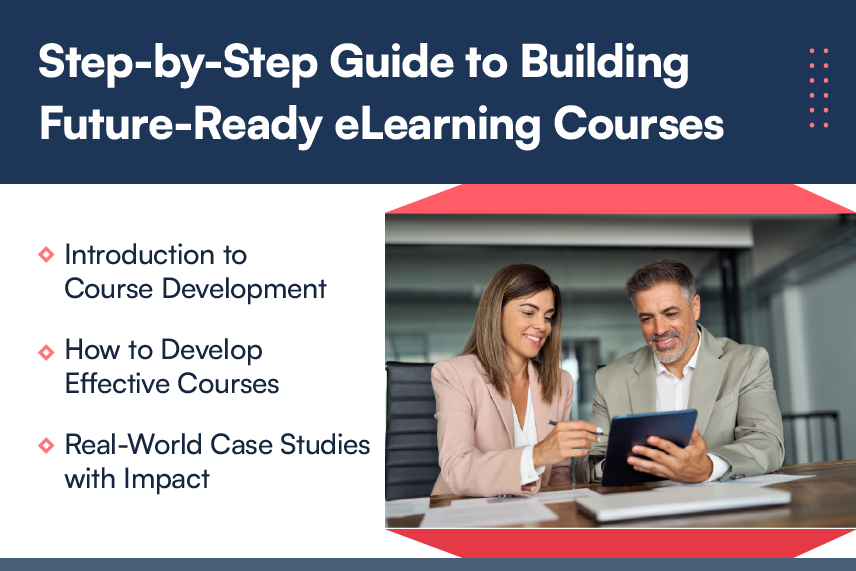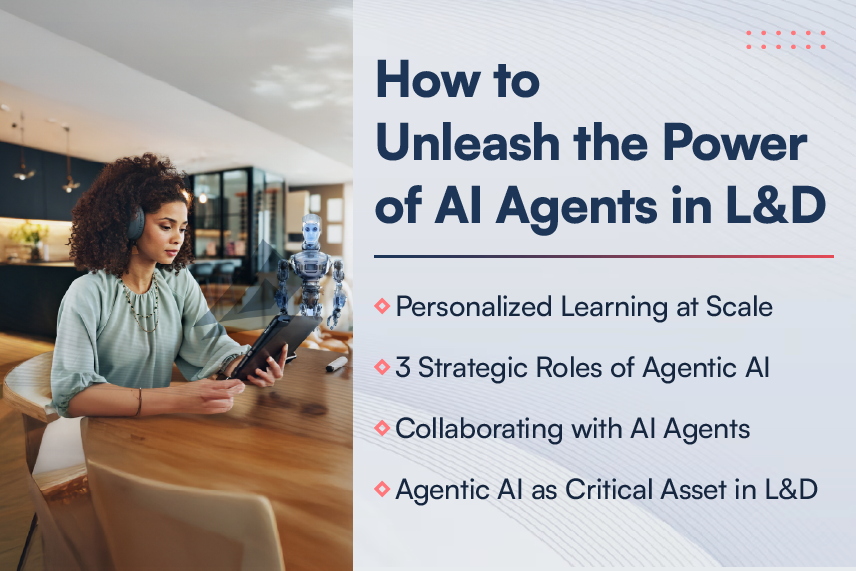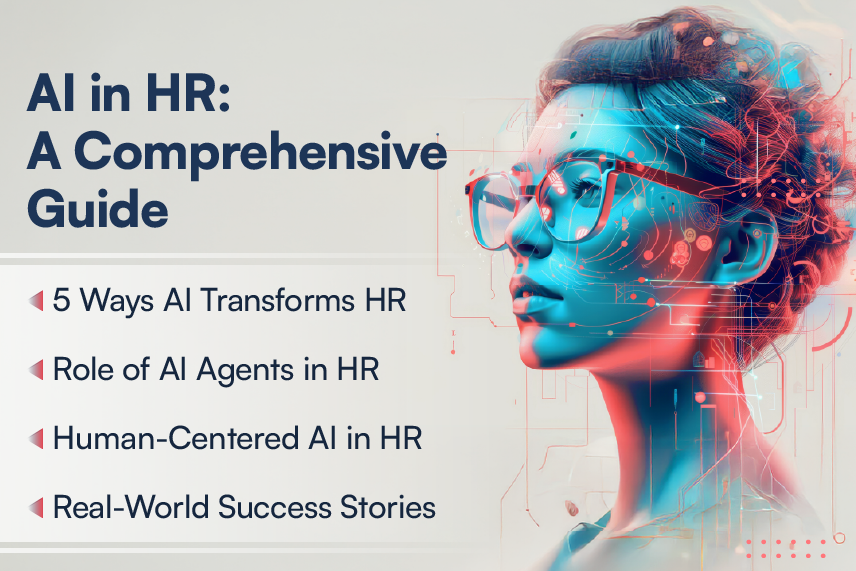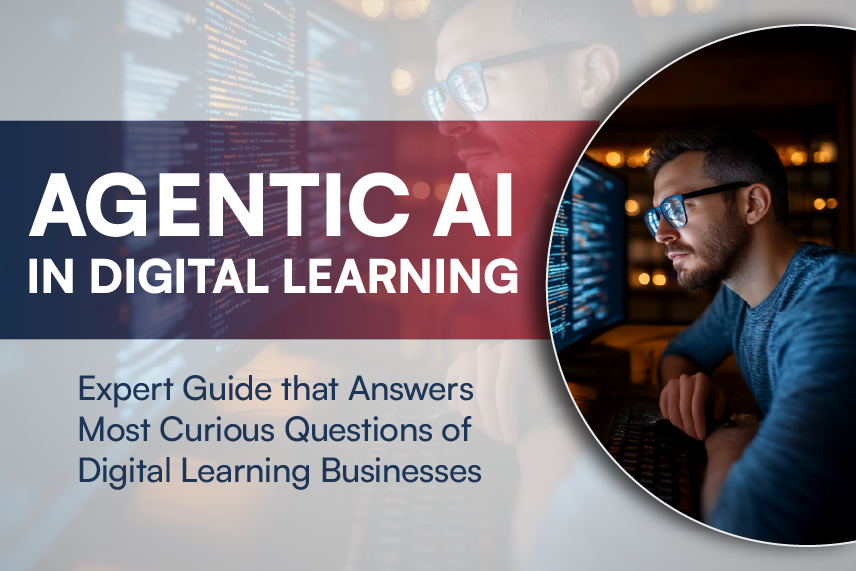
The e-learning ecosystem for last one decade is predominantly revolving around ‘tracking’, ‘monitoring’, ‘supervision’ and the goal of ‘actual learning’ is left behind. Most of the standards followed by the eLearning platforms and content providers quintessentially ensure whether the course has been completed by the learner or not, or how the learner has fared in the assessments. They are less focused on whether the learning has happened or not. The focus has always been to improve the learning content and less has been the focus on understanding the learning patterns of the users and helping them learn, the way they want to.
Today’s learner wants ‘personalization’, ‘social collaboration’ and ‘anywhere, anytime, any device’ access to the learning content. I delivered a session at Learning Technologies 2013 on the topic ‘Content distribution strategy through multiple devices’. In this session, we discussed in detail how a personalization interface along with a powerful annotations engine can help address many of these needs of today’s learners.
Personalization and annotations combined with social features can aid social collaboration, content co-creation and sharing, thereby creating an added layer of enriched content on top of the actual content. Annotations stored on Cloud and synced across sessions offer freedom of using multiple devices, without breaking continuity. Learners can share their annotations, follow others and collaboratively create and manage tags to annotate and categorize content. This makes the learning more effective and gives learners the freedom of applying their learning pattern to the content.
Harbinger, being a thought leader in the eLearning space, has shared this observation in various forums and has helped number of customers to implement it in their context. You too will realize and agree that the future of eLearning is ‘actual learning and not just tracking or monitoring’. Do let me know what do you think?






